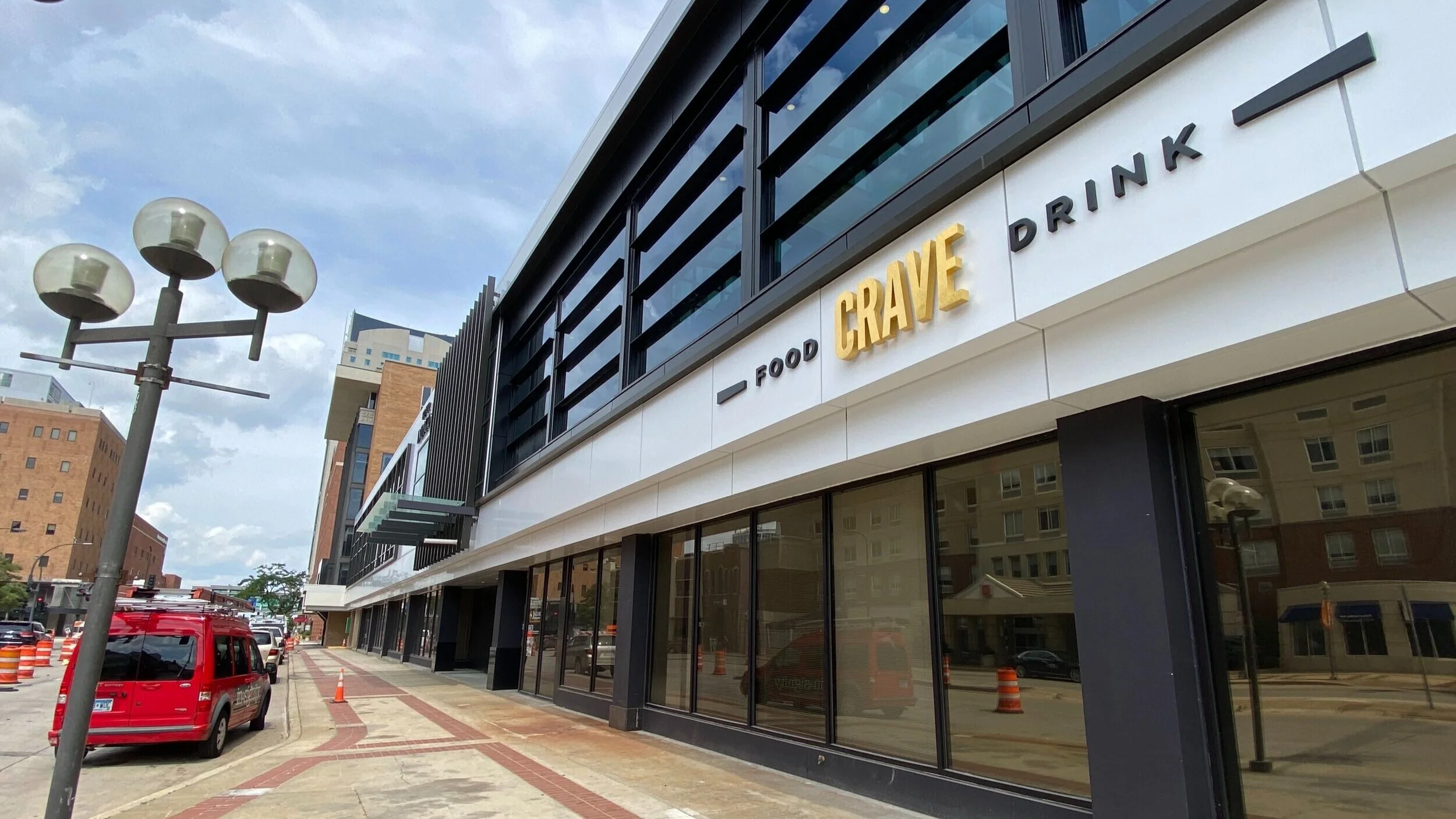Should Rochester drop residential speed limits down to 20 miles per hour?
Rochester is considering adopting a new set of road safety measures that would lower the speed limit on many local streets to 20 miles per hour.
The changes being proposed by the public works department follow a 2019 law approved by the Minnesota Legislature that grants cities the authority to set speed limits on streets under their jurisdiction. Previously, cities were required to regulate speeds according to state-mandated standards.
At Monday’s council meeting, city leaders spent over an hour discussing the department’s recommendations. They ultimately voted to schedule a public hearing (date TBD) before any speed limit modifications were adopted.
The recommendations
Under the proposal being discussed, the city engineer would be responsible for determining local speed limits. A plan presented to the council Monday showed the following potential changes to current speed limits:
Local streets will be 20 mph unless otherwise signed.
Local collectors within the urban core will be 20 mph unless otherwise signed, and local collectors outside of the urban core will be 25 mph unless otherwise signed.
Primary collectors and secondary arterials will remain unchanged at this time. As these streets are built or reconstructed, they will have design speeds and speed limits of 25 mph.
Major arterials and strategic arterials will remain unchanged at this time. As these streets are built or reconstructed, they will have design speeds and speed limits of 30 mph.
All streets within the downtown business district will be 20 mph.
While there did appear to be consensus among city officials regarding the benefits of local control, there was debate about where speed limits should be set at. Mayor Kim Norton, for one, had lobbied the Legislature for municipal authority; however, on Monday, she expressed strong reservations about reducing speeds down to 20 miles per hour.
“I prefer 25 [mph] as the starting place,” said Norton. “Or, what I had hoped we would do, is be quite judicious and make selections rather than have a set policy that changed everything to one [speed].”
City Engineer Dillon Dombrovski noted that not every road — including major collectors and arterials — would be affected by the proposed changes. Instead, the initial goal is to make residential streets safer.
He pointed to research showing that just 13 percent of pedestrians die or suffer severe injuries when struck by a vehicle traveling at 20 mph, compared to 40 percent at 30 mph and 73 percent at 40 mph.
“I am going to be passionate about this,” he said. “This is about safety.”
Dombrovski acknowledged there are not enough funds to go around to address every situation right away. He suggested starting with safety awareness efforts to educate residents about the measures in hopes that drivers would begin to change their behaviors over time.
A 2018 study identified ‘traffic speeding’ as the top public safety concern among Rochester residents (23 percent), ahead of ‘drugs’ (21 percent) and ‘youth crimes/vandalism’ (18 percent).
Sean Baker is a Rochester journalist and the founder of Med City Beat.
Cover photo licensed via Getty








